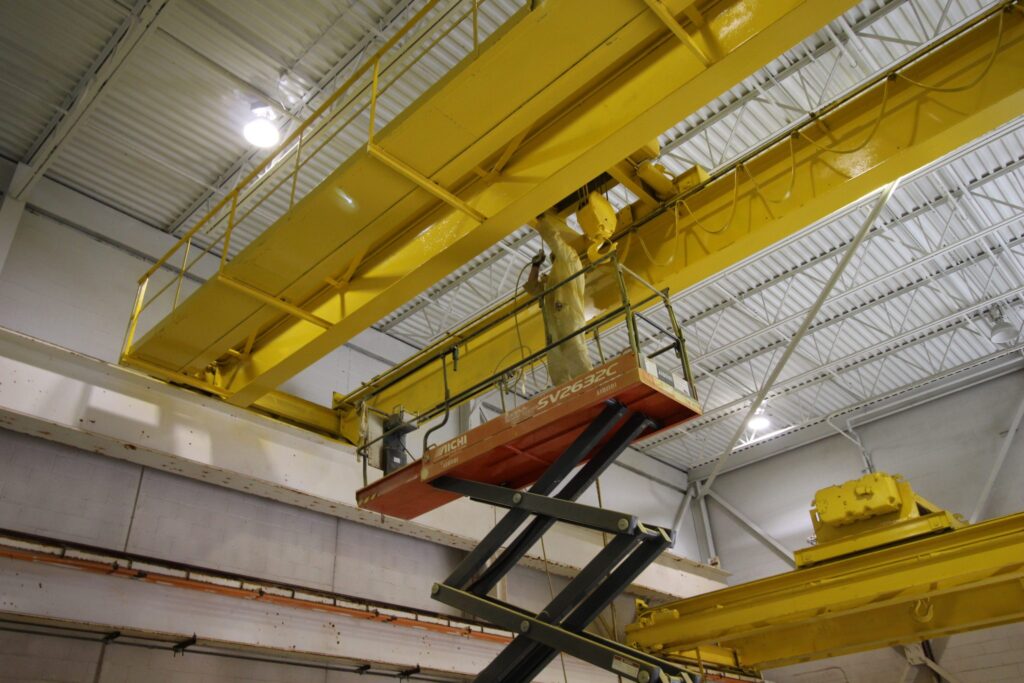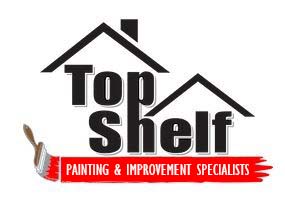Understanding Interior Painting In Industrial Buildings

Choosing ideal paint colors for your industrial building can be a challenge. It becomes more difficult for a person without an interior decoration background. Usually, surrounding colors influence mood, productivity and focus in the workplace.
Pick a color shade that compliments your equipment or furniture in the workplace. It does not matter how appealing the color looks on your walls if it clashes with the surrounding it is a bad color choice. In case you have older or less attractive equipment, find a color that is less noticeable.
Brighter colors are eye-catching. Use them if you want to delineate boundaries or identify departments in your company or to instill higher energy in your office.
Neutral tones are a safer choice. Neutral colors are less likely to be offending to the eye and generate a soothing environment. Neutral hues are easier to match with the existing interior decor.
Colors intensify when they are on a wall. Therefore, pick a shade that is less severe than your initial selection.
In case the business is hard on the walls, and there are many scratches or dents, use flat paint to hide the imperfections.
Colors can reflect light and improve lighting conditions in the building. Therefore, if your building has lighting issues, you can pick a satin paint that reflects more light.
Reflect on the psychological impact of your color choice. Customers or clients make judgment calls based on hues associated with the workplace. Red color stimulates buying and improves appetite which can be overpowering if you apply too much. The yellow color is identified with concentration and pink is calming which it makes great for law office or medical facilities. Blue color promotes loyalty and brown hue inspires trust.
Once you have the right color pick, put a small test coating on a section of your wall and examine it throughout the day as the lighting conditions change to see if it is still attractive.
Select a color that matches both the foundation and roof as they are part of the building that does not change. Make sure the color does not conflict with other adjacent businesses.
Top Shelf Painting would love to have the opportunity to paint your industrial building. Take a look at what we can do for you!
Choose the right paint finish.
Although it is good to select paint according to the final look and wearability, there are other essentials to look at for painting an industrial building.
Matte or flat finishes
Flat finishes easily conceal imperfections as they have a non-reflective appearance. However, the paint can be difficult to clean without interfering with the integrity of the paint film. To curb the problem, most paint manufacturers have developed Scrabble flat finishes which can withstand frequent cleaning.
Eggshell finishes
It offers a richer look, and it is more durable than the flat paint finish. The two characteristics make it an appropriate choice for low-traffic areas.
Satin finishes
This is a slightly glossier than either eggshell or flat finishes. The satin finish is the most commonly used finish for commercial interior painting including industrial buildings. The finish withstands wear and tear better and can fit into different commercial applications.
Semi-gloss finishes
It is an optimal choice for commercial painting projects that need maximum durability. Industrial facilities can benefit from the paint finish whether it is a manufacturing facility or a warehouse.
Gloss finishes
The finish is reserved for woodwork like doors, trim and smaller architectural details. The finish is applicable in areas with high traffic like the hallways or lobbies.
Safety is very important in an industrial facility. Paints can help control or prevent workplace hazards. Th paint job must adhere to the local and federal environmental, occupational law and practices. Always hire the right contractor for the project who understands the sensitive nature of the project and the implications that the paint job represents.
In an industrial setting, paint can serve two purposes, it can improve the overall look of the building, or it can give the industrial building a functional look. Brighter hues or stripes can indicate areas with high traffic, inclines or pinch points. This helps to draw attention to areas which require caution to prevent unnecessary accidents.
Painting approved pathways or cross points promotes efficiency and safety. A bold color like red can be painted on the fire extinguishers or emergency exits to help people find the exit and hurry as soon as possible. The painting contractor should paint the places properly to maximize safety and efficiency.
Some industrial environments are dark. The easy solution is to use light paint shades to increase light reflection which improves brightness and visibility. It saves you money adding more lighting systems which consume more electricity.
